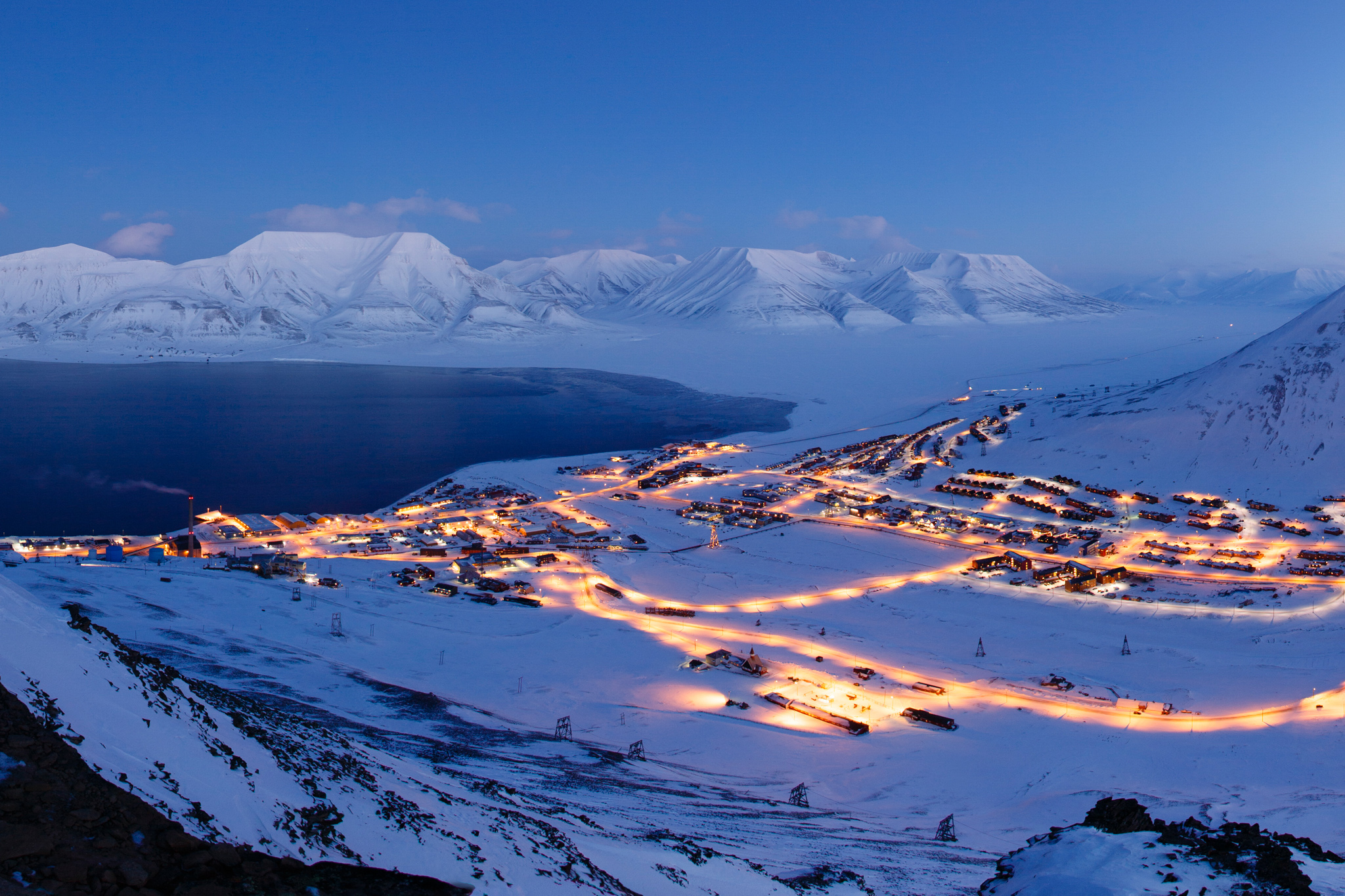The Week Ahead: Making Svalbard great again
Oslo is piecing together an economic future for Svalbard that is free of coal, but not absent of Norwegians.

When he participates in Svalbard 203040 today and tomorrow, Torbjørn Røe Isaksen, Norway’s commerce minister, will listen in on discussions about things like “smarter communities,” “sustainable economic development” and “Svalbard as a proving ground” for new technologies.
All three are themes of the two-day conference, which is based on a Norway-wide initiative that hopes to reduce carbon pollution 40 percent by 2030 compared with 1990 levels.
Isaksen, however, has not been dispatched to think about ways to save the climate. Instead, he will be there to listen to whether any of what is said can help him meet his government’s overarching goal for the archipelago: finding ways to make sure Norwegians continue living there.
This is proving an increasingly difficult task. Starting in 1906 and for more than a century, Svalbard’s economy boomed thanks to its rich deposits of coal. But as its price and reputation have plummeted in recent years, so too has the number of Norwegians choosing to move to Svalbard to work. The most recent count puts the number at 1,448, a fall of more than 200 in two years.
[Norwegian government proposes an end to Svalbard coal mines]
Fortunately for Svalbard’s economy, coal’s demise has come at the same time as other industries like tourism, academia and space science have begun to take hold. The new industries have kept Longyearbyen and Norway’s other settlements economically viable. But, to Oslo’s concern, this also leading to them becoming less Norwegian. These sorts of jobs tend to be more international in their appeal than mining, and, as a result, the proportion of non-Norwegians has risen to 35 percent of the population. In 2008, it was 14 percent.
On paper, Oslo remains committed to keeping coal alive in Svalbard. “The coal industry,” it wrote in 2016, in the most recent 10-year plan for the territory, “is still the most important economic pillar of the settlement. It is this government’s assessment that coal mining should be continued within the strict limits of environmental-protection legislation and the requirements for corporate profitability.”
Doing so, it said, would allow coal-mining to contribute to a “robust” settlement in Longyearbyen and make sure that existing mining infrastructure would be kept in use. To show its support for the industry, Oslo put 500 million kroner ($64 million) into Store Norske, the firm that operates the coal mines.
Mostly, though, the money appears intended to help the firm complete a controlled crash, rather than prop it up for any length of time. The strategy, for example, declares that mining operations would be suspended for three years starting in 2017 in order to see if the market recovered. This is something the government appears to doubt will happen: “there is considerable uncertainty as to whether operations will resume,” it wrote.
[Bigger cruise ships, more tourists sail into Svalbard waters]
At the same time, Oslo is working to help Svalbard get on with life after coal. Sending officials is one part of doing this: While there, Isaksen will also hold community meetings to hear what ideas residents have. Importantly, Oslo has set aside 50 million kroner to support those deemed viable.
For now, growth in existing industries is welcome: it has all but offset the job losses in the mines, and it has reversed a trend that had seen miners working in Svalbard, but not living there. On the other hand, local lawmakers fret that the establishment of a low-wage service-oriented economy signifies not a transition to something better, but the start of a downward spiral that leads to lower tax revenue and less incentive in Oslo to subsidize outposts.
Rather than turning their backs on service industries, locals instead have suggested adding new industry jobs that would appeal to Norwegians, such as fishing or shipping. The latter is being eyed with particular interest as polar shipping routes begin to live up to their promise. Both would require investments in port facilities, but this is something Oslo would be likely to consider seriously, given that it has pushed the “blue economy” as its best bet for growth.
[Statistics Norway: Tourism bypasses mining in Svalbard]
Another option could be to begin putting things back in the ground again. Feb. 26, for example, marks the 10th anniversary of the opening the Global Seed Bank, a storage facility tunnelled in the territory’s bedrock and which serves as a backup for national seed banks around the world.
Inspired by that success, Piql, a Norway-based firm, last year opened the Arctic World Archive, an offline data-storage center built into a disused coal-mine shaft. The firm’s hope is that the same stable geologic, climactic and political conditions that made Svalbard an attractive place to set up a seed vault will also appeal to those looking to keep their bits and bytes out of harm’s way.
Another use that has been proposed for the inactive coal mines is as storage for carbon pollution removed from the atmosphere. The idea wound up not getting mentioned in the 2016 strategy, but some would still like to see it happen. What Svalbard gives, they argue, it ought to take away. And, perhaps, make money in the process.
The Week Ahead is a preview of one or more events related to the region that will be taking place in the coming week. If you have a topic you think ought to be profiled in a coming week, please email [email protected].